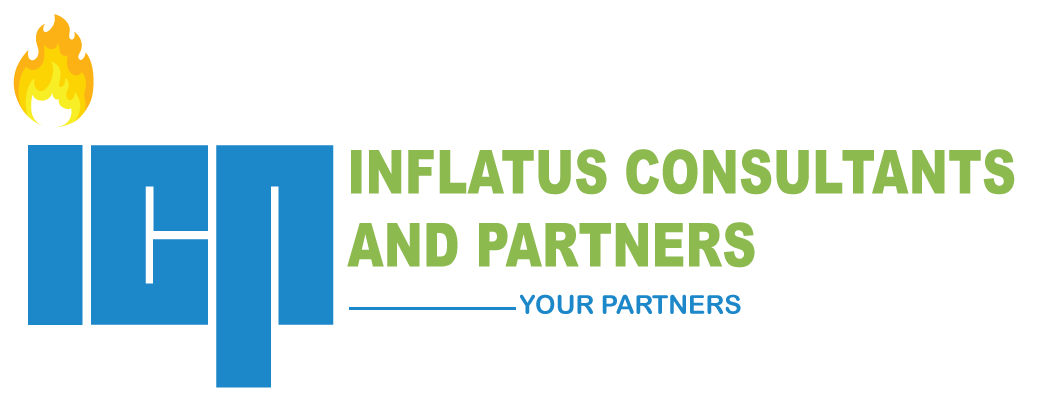Project Management Context

In today’s essay I intend to situate project management in its context. I want to remind project teams that projects and project management occur in the context of the larger organization and are affected by its environment. I also want to remind organizational leaders that organizational policies, procedures, and guidelines may enhance or hinder project teams’ ability to deliver projects successfully.
Why is this important?
Mainly because of the central role that projects and project management play, or should play, in the life of an organization.
Organizations use project management as a vehicle for the implementation of organizational or corporate strategy by reducing strategic objectives to portfolios of programs and projects. As H. A. Jamieson & P. W. G. Morris say, corporate strategy is often cascaded through several strategic business units (SBUs) and then ends up being represented as portfolios of programs or projects. These become the vehicles for implementing the approved strategic initiatives.
Therefore, the realization of organizational objectives and, indeed, the success of the organization depends on successful project delivery. Project management is key to this.
That is why, as P. W. G. Morris and J. K. Pinto have commented, smart companies recognize project management as a core business discipline and work to improve company performance through it. They recognize that project management enables them to tie project results to business goals, compete more effectively in their markets and sustain the organization.
Moreover, organizations use projects as strategic response to market demands, strategic opportunity, stakeholder request or needs, technological advancement, legal, regulatory, or social requirements.
That is why leaders at all levels of the organization on one hand, and project teams on the other, need to understand the context of project management.
Unfortunately, quite often, project teams behave as if there were an independent organization. They see organizational policies and procedures as obstacles to project execution, that should be gotten rid of for the project to run properly. Sometimes, and rather unfortunately, they are right!
But organizations put policies and procedures in place to ensure that things are done properly, and organizations’ interests protected. One such area is contract provisions, especially the General Conditions of Contract (GCOC). And they are used to protect the organization from undue exposure to risks.
If project teams are able to put their projects in context it would bring meaning to their work. Researchers agree that Meaningful Work boosts morale by increasing the sense of employee wellbeing. It provides many benefits over and above the monthly pay cheque: status and identity, community, and social connection, doing tasks that we find stimulating, and the opportunity to make a positive contribution to organization. All of these things make work feel meaningful.
In project management context, Meaningful Work simply defines how the project relates to overall organizational goal and contributes to its achievement.
Let me illustrate this with an example. An oil and gas production installation on a remote island depended on shipment from the city for its potable water supply. Then a project was initiated to produce potable water on the island and save money for the organization.
But the project team was unaware of the monthly cost of shipping potable water to the island. Consequently, there was no incentive clauses in the contract to encourage the contractor to improve performance. But it provided for Liquidated Damages for failure to meet contract completion date.
Then the project was delayed significantly, and the penalty was applied. But this was just a fraction of the monthly cost of providing potable water, all because the project team was not aware of the impact of that project on the overall organization’s pocket.
Now, imagine if the project team had considered the overall picture, and provided a fraction of the cost of shipping water to the island as an incentive for early completion of the project.
And that bring us to the second point: the need for leaders at all levels of the organization to understand how the larger organizational environment affects project management and project outcome. This ranges from organization structure to policies and procedures as well as governance practices.
For example, some organizations have a policy that require the approval of the Tenders Board for every variation to the contract, regardless of the scope or magnitude. I remember a project manager complaining that he did not have authority to even buy a pen unless he did so from his pocket.
Of course, the people who put such policy in place did not understand its impact on project execution. The result was that almost all projects were delayed, most variations to the contract, scope change and claims ended in disputes that took years to resolve.
But why would such policies that hamstring project teams be put in place in the first place? Because the leaders concerned were unaware of the result. They lacked project management awareness.
That is why I recommend project management training for all levels of the organization and those in government. Then they will be able to understand the context of project management.
And given the role that projects play in the life of an organization, that is not asking for too much. Is it?


